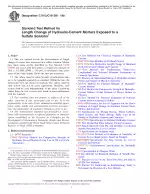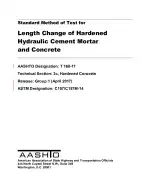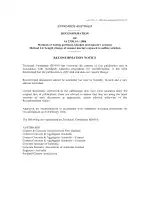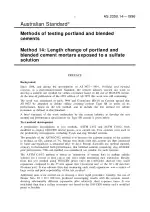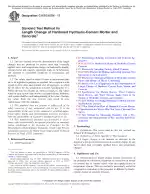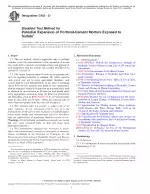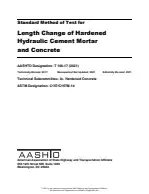ASTM C1012/C1012M-18b PDF Download
Standard ENStandard Test Method for Length Change of Hydraulic-Cement Mortars Exposed to a Sulfate Solution
Also Known As:
The ASTM C1012/C1012M-18b standard is a test method that assesses the resistance of mortars to sulfate exposure. It is applicable to mortars made using various types of hydraulic cements, including portland cement, blends of portland cement with pozzolans or slags, and blended hydraulic cements. This test method can evaluate the sulfate resistance of these mortars, whereas Test Method C452 is only suitable for evaluating portland cements.
The standard exposure solution used in this test method typically contains a specific concentration of sodium sulfate (352 moles of Na2SO4 per m3 or 50 g/L), unless specified otherwise. However, alternative sulfate concentrations or other sulfates like magnesium sulfate may be used to simulate specific environmental exposures. The Appendix of the standard provides further discussion on these technical issues and considerations.
In this test method, mortar bars are prepared using the mortar described in Test Method C109/C109M. These bars are then cured until they reach a specified compressive strength of 20.0 ± 1.0 MPa (3000 ± 150 psi), which is measured using cubes made from the same mortar. Once the bars have achieved the required strength, they are immersed in the sulfate solution, and any length changes that occur over a specific period of time are measured and recorded.
| Descriptors | sulfate resistance, length change, mortar bar method, hydraulic cement mortars,Mortars,Chemical Resistance,Compressive Strength,Deformation,Mortar Bar Test |
| ICS Codes | 91.100.10 - Cement. Gypsum. Lime. Mortar |
| Language(s) | English |
| File Size | 133.1 KB |

